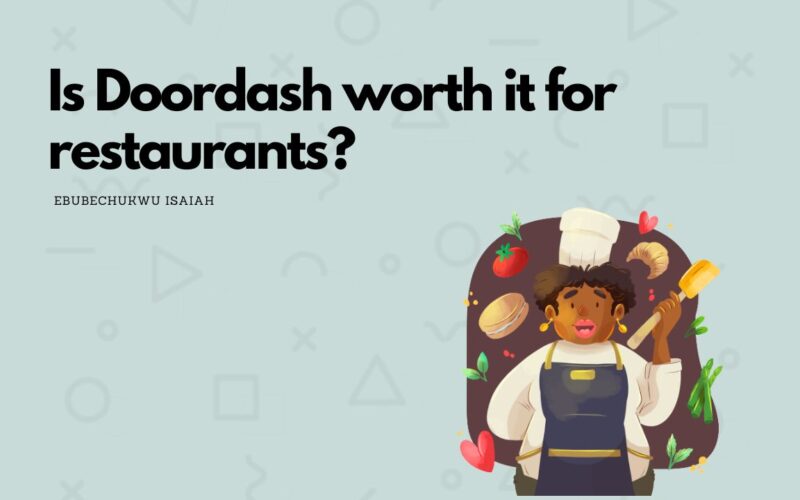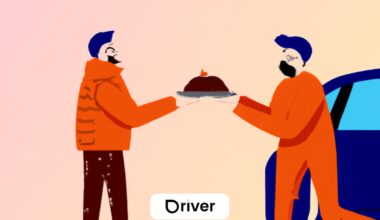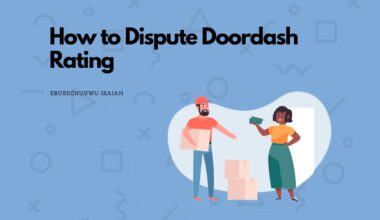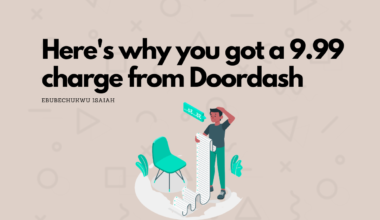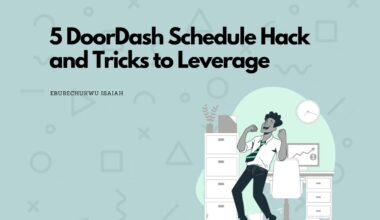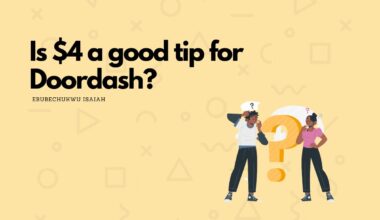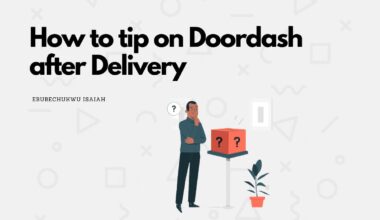If you intend to join the Doordash Merchants program anytime soon, it’s justifiable to want to know whether the business model would work for your business.
Of course, we’re talking about money here. You need to get the best ROI.
So is Doordash worth it for restaurants? And how does it fare with other restaurants?
Is Doordash Worth it for Restaurants?
Generally, Doordash should be worth it for most restaurants, as it’d definitely increase their visibility, grow their customer base, and help them make more money.
However, all these things come with a price – the commission rate as well as some fees that come along the way.
And these are things you may want to compare against to see what works best and whether signing up for Doordash would be a worthy action for you.
In general, here are some factors that play into whether Doordash could be worth it for you.
Financial Implications
One of the factors you’ll want to put in when joining Doordash is the financial implications. Doordash for restaurants is more of an arbitrage thing. You pay money to get sales (in other words, money).
And thankfully, unlike Uber Eats, where restaurants are charged a $500 registration fee to join and keep using the platform, Doordash follows a charge-as-you-go payment policy, where it takes a cut –15-30% depending on the plan you go with– for every sale made.
Editors note: On Ubereats, restaurants are still charged per order (a 30% commission rate).
To be honest, this can be a big cut to your profit – 30% is a whole lot, no doubt.
However, if you, as many restaurants do, can take Doordash as a single customer acquisition channel, it shouldn’t be much of a “big” deal.
Here are some rules we like to give restaurants that partner with food delivery platforms to make it worth it:
- Increase your Menu Prices: Just as most restaurants do, your menu price on Doordash should be up to 20%+ more than what you offer at your traditional location. This is done to reduce the intensity of the lesser profit margin you get while on Doordash. Not just about you, this is the standard for most restaurants we’ve seen. Remember, you have a commission rate to pay as well as packaging to do.
- Take Doordash as a single Customer Acquisition Channel: Don’t expect to have the same profit margin as you’ll have with your local business. Treat Doordash as one channel you can use to make sales efficiently. In fact, use Doordash to increase your turnovers at all means.
Efficiency
If you’re just starting out as a small restaurant, having a delivery service can make a whole lot of difference in how much progress you make and most importantly, improve the flexibility of your business.
DoorDash takes care of the logistics of delivery, which can simplify operations for restaurants that don’t have their own delivery drivers or system in place.
Considering this? It should be worth it for most restaurants, especially when they have a handful of ways of covering the expenses on Doordash (such as increasing the menu price).
Brand Exposure
By default, Doordash does the minimum promotions when restaurants are signed up, such as recommending them to “restaurants near you,” “Fastest Near You,” “Local Favorites,” and other recommendations.
If this is something you’ll love to exchange for a 30% loss in profit, it’s a good deal.
Depending on your location, this could significantly help you boost your sales.
And if you’re signed up to Doordash Premier, the company guarantees a minimum of 20 orders per month, otherwise, Doordash’s commission for that month would be totally refunded back to you.
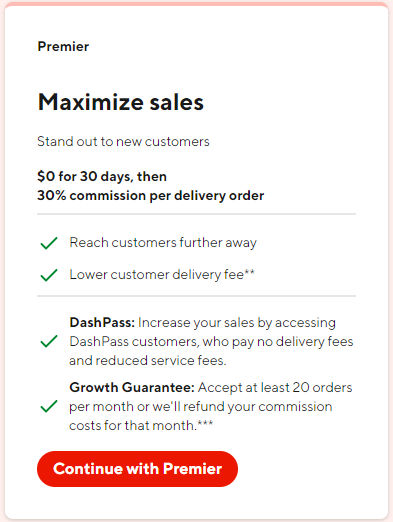
For small or new establishments that do not have a well-established customer base or marketing budget, the exposure you get from Doordash could be really worthwhile.
Editors note: If you’re just starting out, it’s best you put out your best, to make quality foods that can get loyal customers. Remember, first impressions are the most lasting. And they’ll definitely help you get more customers.
What you need to know as a restaurant before joining Doordash
For most “potential” Doordash merchants reading this article, the whole Doordash thing may still sound kind of a mystery.
How do you get started? what are the processes involved? These are questions you may have before even being able to tell whether Doordash would be worth it for you or not.
So let’s take a brief overview of them.
- Finances: As we’ve explained before, you need to pay to use Doordash – that’s for sure a requirement.
- Having the efficiency to make prepare food to meet the demand (if your restaurant is not a fast food),
- Keeping up with Doodarsh: There are 3 ways you can use to receive orders – the POS integration, the Business Manager app, or the company’s tab which you can rent for $3-6 a week, depending on your location. If you’re just starting out, you may want to go with the mobile app – but you’d need to constantly check for potential notifications of orders.
- Being able to package your order right: As a matter of fact, you need to be good at packaging just as you’re good at preparing them. This gets worse if you don’t intend on selling fast food. If you’re looking to package your food right, here are some tips we recommend.
Editors note: Restaurants always have the ability to temporarily pause their store if they feel they can’t meet up with the demand they get at a particular time.
Conclusion
As with most people, you’re likely to find a lot of advantages by joining Doordash as a restaurant. But again, you may need to put in the factors listed above to properly tell whether or not your benefit outweighs the input.
As an Amazon Associate, I earn a small commission from qualifying purchases. Learn more about this.
